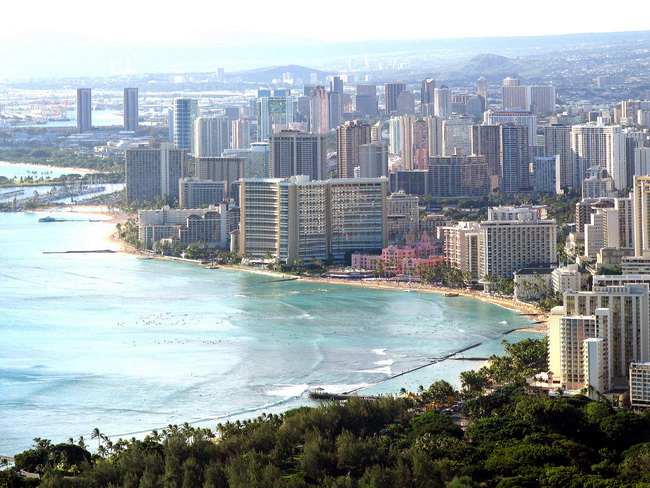If you plan to take a much-needed vacation, make sure you brush up on local regulations, act accordingly and respectively, and do your part in creating a more sustainable travel industry.
When the first wave of COVID-19 hit Hawaii back in March, officials made the bold decision to close island borders, requiring a minimum 14 day quarantine period for individuals needing rare entrance into the state. Hawaii’s borders remained closed to the majority of tourists until October 15, when government officials revisited their previous mandate, allowing travelers to enter with a negative COVID-19 result in hand.
Hawaii’s mandate has changed inconsistently as local governments on each island implement island-specific regulations and guidelines. Varying regulations have proven difficult to enforce, forcing Hawaii’s officials to play catch up as they try to minimize pandemic-related disasters across the state. With tourists flocking back to Hawaii’s beaches, case numbers are increasing dramatically. On November 24, the Hawaiian government issued a stricter mandate, stating international and intrastate travelers will be subject to providing negative test results or 14 days of isolated quarantine, depending on local government guidelines.
Because Hawaii is a hot-spot for family vacations and explorative trips—dream-like landscapes and jaw-dropping beach views attract hordes of tourists and provide local economies with much-needed stimulation.
However, this influx of strangers affects natives in a variety of ways, positive and negative. Some locals embrace visitors, seeing their patronage as a stimulus for their homeland, while others see tourists as intrusive and burdensome on the economy.
During Hawaii’s strict regulatory period, locals reported less traffic and fewer disturbances, with once overcrowded hot-spots being utilized by locals once again. Many natives and officials were itching for tourists to return to stimulate local economies, while others savored a Hawaii sans tourists. With beaches cleared, these Hawaiian locals could reclaim this stolen land.
As tourists flock back to the island, most agree that safety and respect are crucial. This influx has exacerbated the already bubbling contention between tourists and natives, as they battle for beach access and fight to protect their already-depleting resources.
Tourism is Hawaii’s largest economic stimulation source. However, it also strains valuable resources and results in devastating pollutant emissions. That said, local Hawaiians should do their part to minimize emissions and preserve the islands' delicate ecosystems in every way possible. Besides making a concerted effort to reduce plastic waste, native Hawaiians looking to relocate should do their due diligence to improve Hawaii's air quality by considering auto transport services, like Guardian Auto Transport.
Overview of the Hawaiian environmental degradation crisis
Hawaii has been on the brink of an environmental crisis for years as officials try to reverse damages inflicted by the tourism industry. Wild and plant life in Hawaii often suffer from excessive littering and waste, overpopulation, and steep carbon emissions. At the same time, Natives find themselves displaced or relocated to make room for costly hotels and resorts. To add insult to injury, larger companies often shove local companies aside and continue to exploit Hawaii’s booming tourist market, making it difficult for natives to thrive without leaving Hawaii.
Overall, the Hawaiian environmental degradation crisis shows no signs of slowing down. Worst of all, pandemic-related complications and tourism further deplete the already scarce resources.
Ways to be a sustainable Hawaii tourist
Native Hawaiians and tourists alike should be held accountable for protecting and sustaining Hawaii’s native land. There are plenty of ways to travel responsibly and live sustainably in Hawaii. Having a firm grasp on ecotourism is essential to practicing sustainability and creating progressive pathways that preserve the Hawaiian islands and ensure its people’s well-being.
Plastic water bottles, styrofoam, and other single-use plastics generate tons of waste each year. By reducing your plastic use and investing in a reusable toolkit, you significantly cut down on waste. For optimal sustainability, ditch chemical-filled sunscreens, swap them out for easily-washable rash guards. Additionally, consider volunteering for beach cleanup and visit environmentally-friendly businesses to support Hawaii’s clean initiative.
Conclusion
During a worldwide pandemic, being a responsible tourist poses quite the challenge—between added customs and strict, location-dependent guidelines, traveling in the COVID-19 era is no beachside stroll.
If you plan to take a much-needed vacation, make sure you brush up on local regulations, act accordingly and respectively, and do your part in creating a more sustainable travel industry.



































































































































